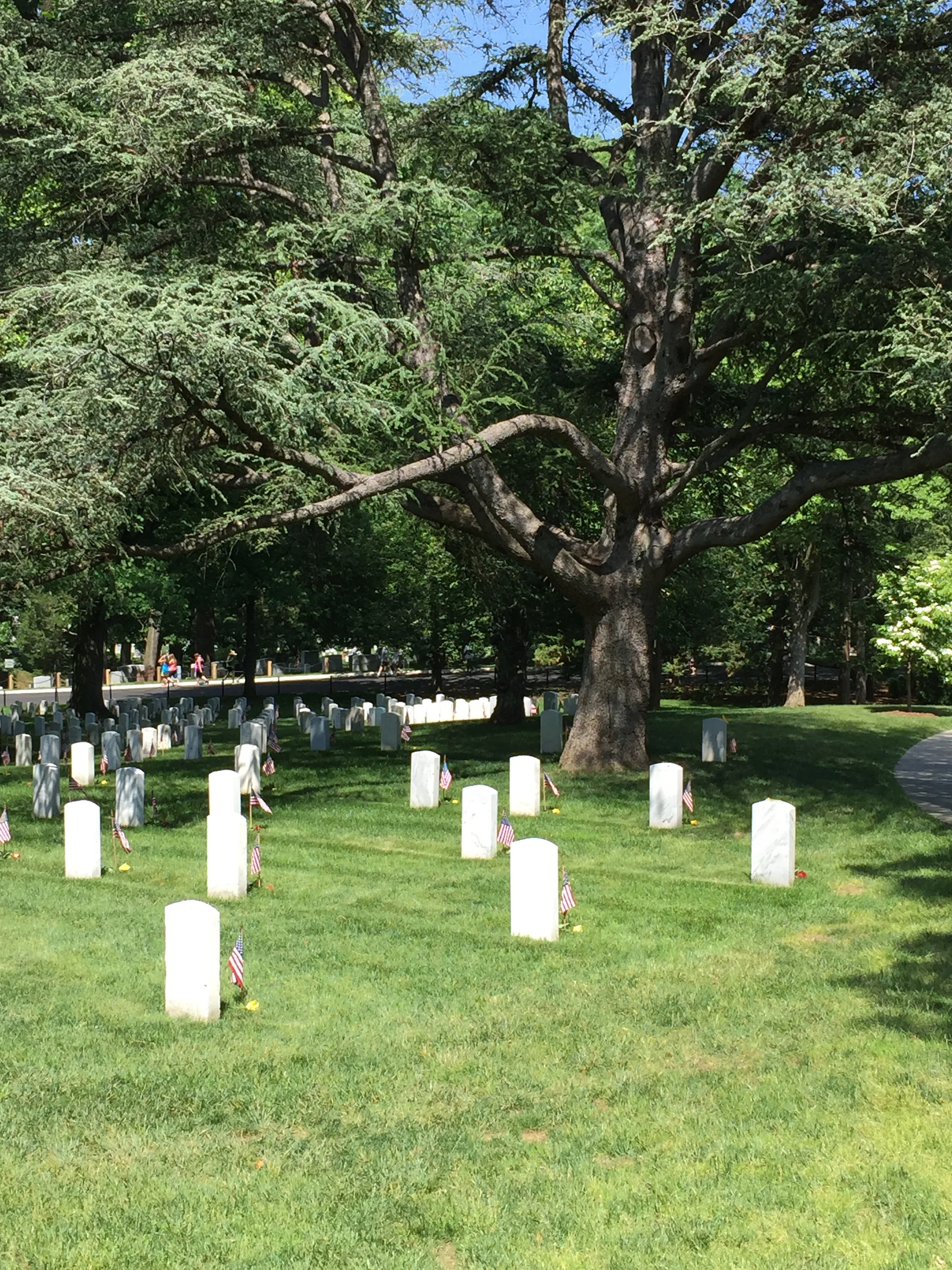Henry Johnson and the Harlem Hellfighters (369th)
An excerpt from our book "Stories about Black History: Vol. 2"
William Henry Johnson was born in Winston Salem, North Carolina in 1892. While still a teenager, Johnson moved to New York...he was an industrious young man and found work as a soda mixer, in a coal yard, as a chauffeur, and eventually as a redcap porter in Albany’s train station.
In April of 1917 the United States declared war on Germany and, just two months later, William Henry Johnson volunteered to serve his country—he enlisted on June 5, 1917.
He was assigned to the colored 15th New York Infantry Regiment (in Company C)—an all-black National Guard unit…which would become the 369th Infantry Regiment (the "Harlem Hellfighters") of the 93rd Division, American Expeditionary Forces.
African-American units were not allowed to serve alongside white Army units, so General Pershing, commander of the American Expeditionary forces, eventually brigaded and attached this infantry regiment to French forces during the war.
The men of the 369th were given front-line combat duty on the western edge of the Argonne Forest in France.
On one occasion, the Infantry received intelligence that German forces were going to attack their position and, as a result, Private Henry Johnson and Private Needham Roberts were assigned to guard duty, at night.
It was the evening of May 15, 1918 when Johnson and Roberts were suddenly attacked...they found themselves cut off from any help and surrounded by at least twelve German raiding men. Roberts and Johnson used all of their ammunition in the ensuing battle.
Both Roberts and Johnson were severely wounded, when Johnson noticed German soldiers pulling Roberts off and dragging him—to capture him. Johnson leapt into action.
He ran from his position, toward the men who were dragging Roberts, and struck one of them with the butt of his rifle. He then pulled out a bolo knife and struck one of the men in the head and turned around to another and struck him in the stomach. This brought Johnson some time…he fought and then lobbed grenades at the remaining enemy forces, until they withdrew. In this way, he was one of a two-person team that was able to fight off a raiding force of at least twelve men and he prevented that enemy force from capturing Needham Roberts as a prisoner of war.
The German raiding party left behind valuable evidence; including weapons and other equipment.
French officials recognized Johnson’s bravery and awarded him their highest military award for valor—the Croix de Guerre avec Palme. Though Johnson was badly wounded, he stayed with his unit, and did not return home until the war’s end.
When Johnson did return home, he had difficulty finding a job because of his wounds—during the war he sustained 21 injuries, while in various combat situations.
These injuries made it difficult for him to find steady employment and he died in 1929.
In 1996 he was, posthumously, awarded the Purple Heart and, in 2002, he was awarded the Distinguished Service Cross.
On June 2, 2015 he received America’s highest military decoration, the Medal of Honor.
Henry Johnson is buried in this hallowed ground at Arlington National Cemetery.
The Harlem Hellfighters
About 380,000 African Americans served in the wartime Army during World War I and approximately 200,000 of them were sent overseas. Over half of those who were sent were assigned labor duties such as building roads, bridges, trenches, etc.. and 42,000 of them served in combat situations.
The 369th would be one of those units who saw combat and it would distinguish itself on the battlefield; earning the nickname the "Harlem Hellfighters" (because many of the men were from the area of Harlem).
In December of 1917, Russia and Germany came to an agreement and reached an armistice, which allowed Germany to focus more troops on the Western Front. The 369th was a part of the effort to repel this German offensive.
The 369th was assigned, as we have mentioned, to brigade with French troops (and not American troops) and on September 25, 1918, in Meuse-Argonne, the 369th was there!
Fighting alongside of French soldiers, the 369th was instrumental in that battle...sustaining heavy casualties, while facing severe opposition. They helped to capture the town of Sechault and, at one point, the 369th advanced faster and farther than their French counterparts, to the left and right of them. When they fell back to reorganize, they had advanced some 8.7 miles in the face of heavy German fighting.
This heroic effort earned the entire regiment the French Croix de Guerre.
The "Hellfighters" are credited with participating in the Champagne-Marne, Meuse-Argonne, Champagne 1918 and Alsace campaigns.
During the course of their service, 171 of their men and officers received medals. The 369th spent more days in combat than any other American unit during World War I—191 days.
When they came home they were greeted with a big parade in New York, but not with equality and freedom in their everyday lives.
Despite the discrimination they experienced (at home and abroad), their service cemented, in history, their contributions toward making the world "safe for democracy”.
©️2017 Danita Smith, Red and Black Ink, LLC
References:
Four Centuries of Service, The National Guard Celebrates its African-American Heritage. Accessed 8-2015.
National Archives. Teaching with Documents: Photographs of the 369th Infantry and African Americans during World War I. Accessed 8-2015.
The White House. Office of the Press Secretary, President Obama to Award Medal of Honor. May 14, 2015, accessed June 2015.
Sergeant Henry Johnson: Medal of Honor. Army.mil Features. Accessed 8-2015.
Vergun, David. U.S. Army. Harlem Hellfighter’s valor in battle inspires Americans. Accessed 8-2015.
Photos:
Sgt. Henry Johnson of the 369th Infantry Regiment was awarded the French Croix de Guerre for bravery during an outnumbered battle with German soldiers, Feb. 12, 1919. This photo, from Feb. 12, 1919, was taken just before his discharge from the Army. U.S. Army (Photo: Public Domain)
Arlington National Cemetery, Red and Black Ink, LLC. 2015.


